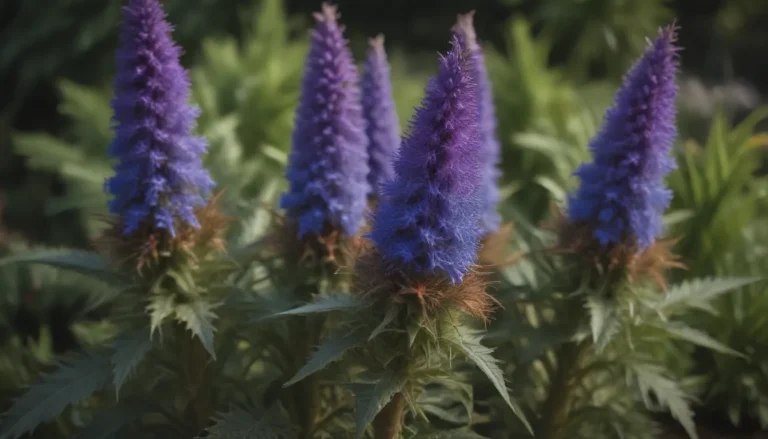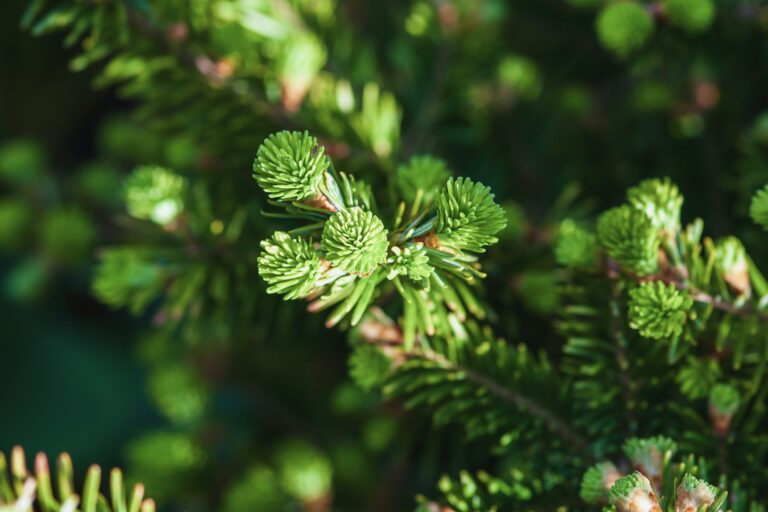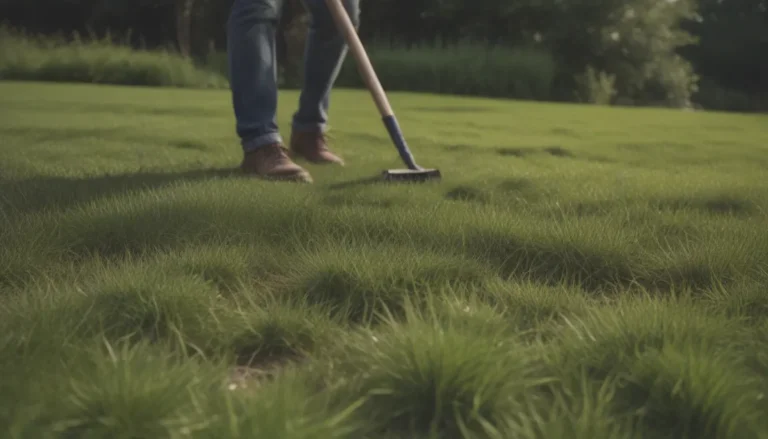The Ultimate Guide on Growing and Caring for Dragon Trees Indoors

Welcome, plant enthusiasts, to the ultimate guide on growing and caring for the mesmerizing Dragon Tree, also known as Dracaena Draco. Whether you are a seasoned plant parent or a beginner looking to expand your indoor garden, this article will provide you with all the information you need to successfully cultivate and nurture this stunning succulent tree in your home.
Explore the World of Dragon Trees
Before we delve into the nitty-gritty details of caring for Dragon Trees indoors, let’s take a moment to appreciate the beauty and uniqueness of these plants. The Dragon Tree, with its striking sword-shaped leaves and thick cylindrical trunk, adds a touch of elegance to any space. While it may seem intimidating due to its slow growth and impressive size potential (up to 50 feet in the wild), don’t let that deter you. With the right care and attention, even a petite Dragon Tree can make a statement in your home.
Fun Fact: The Dragon Tree is named for its red resin, which resembles blood, and has historically been used as a dye for musical instruments like the famous Stradivarius violins.
Dragon Tree Care 101
Now, let’s talk about the essential care tips to ensure your Dragon Tree thrives in its indoor environment. From light and soil requirements to watering and feeding schedules, here’s everything you need to know to keep your plant healthy and happy.
- Light: Dragon Trees thrive in bright, indirect light, making them perfect for well-lit spaces in your home. Avoid harsh afternoon sun to prevent leaf burn.
- Soil: Opt for a well-draining potting mix, such as a succulent/cactus blend or a homemade mix of gravel, peat moss, and leaf humus.
- Water: Allow the soil to dry between waterings to prevent root rot, but don’t let it dry out completely. Be cautious not to let the plant sit in standing water.
- Temperature and Humidity: Dragon Trees can tolerate cooler temperatures and benefit from slightly humid conditions. Consider humidifying indoor air during dry winter months.
- Fertilizer: Feed your plant every six months with a controlled-release fertilizer to promote healthy growth and vibrant foliage.
Types of Dragon Trees
In addition to the classic Dracaena Draco, there are several related species that can be grown indoors for added variety and beauty. Consider exploring these options to expand your Dragon Tree collection:
- Madagascar Dragon Tree
- Corn Plant
- D. Reflexa ‘Variegata’
Pruning and Propagating Tips
While Dragon Trees don’t require frequent pruning, removing dead leaves and shaping the plant can help maintain its appearance. If your tree is outgrowing its space, consider pruning the top branches to encourage denser growth. Additionally, you can propagate Dragon Trees from cuttings to create new plants and expand your indoor garden.
Potting and Repotting Guidelines
To ensure optimal growth, repot your Dragon Tree annually or every other year. These plants thrive when slightly pot-bound, but be mindful of top-heavy containers that can tip over. Use a porous, well-draining potting mix and ensure proper drainage to prevent root rot.
Common Pests and Diseases
Dragon Trees are relatively pest-free, with aphids being a potential issue for seedlings. To prevent diseases like fusarium leaf spot, avoid wetting the leaves when watering. Keep an eye out for common problems like flecking, discoloration, and drooping leaves, which can be indicators of underlying issues like nutrient deficiencies or root rot.
Remember: Healthy plants lead to thriving indoor gardens, so stay vigilant and proactive in caring for your Dragon Trees.
The Longevity and Rarity of Dragon Trees
If you’re fortunate enough to live in USDA plant hardiness zones 10 through 12, you can attempt to grow Dragon Trees outdoors for a chance to witness their longevity and grandeur. These trees can live for hundreds of years and are often preserved in botanical gardens and estates as a testament to their enduring beauty.
While Dragon Trees may come with a higher price tag than the average houseplant, their rarity and vulnerability make them a valuable addition to any plant collection. Take pride in nurturing these magnificent trees and watch them flourish in your indoor oasis.
Conclusion
In conclusion, growing and caring for Dragon Trees indoors is a rewarding experience that allows you to witness the beauty and resilience of these unique plants. By following the tips and guidelines outlined in this comprehensive guide, you can create a thriving environment for your Dragon Tree to thrive and bring joy to your home for years to come.
Remember to stay attentive to your plant’s needs, tackle any issues promptly, and enjoy the journey of watching your Dragon Tree grow and flourish in your indoor space. Happy planting! 🌿
References:
– Pet Poison Helpline – Dragon Tree
– Penn State Extension – Dracaena Diseases
– University of Minnesota Extension – Leaf Spot Diseases of Trees and Shrubs
– Global Trees – Canary Islands Dragon Tree





